
Phymatella bulbosa
Zittel 1878
Phymatella bulbosa is a cylinder-, bottle-, or cone-shaped sponge with irregular bulges near its base. The bulges are hollow and their interior cavity communicates with the paragaster, which exits on the apex. Particularly near its base, the sponge is covered by a dense siliceous cortex.
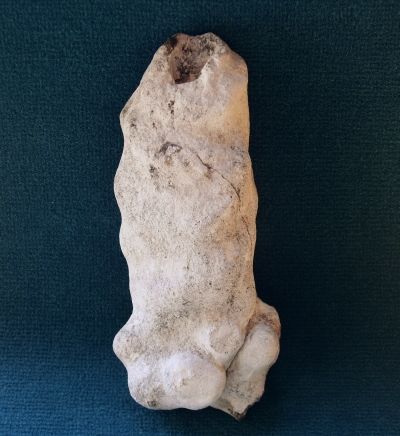
... Another specimen of Phymatella bulbosa.
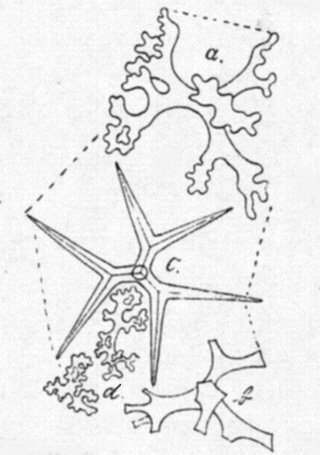
The skeleton of Phymatella bulbosa is made up of smooth tetraclones, united via zygosis. Dichotriaenes are abundant as part of the cortex.
The figure (after Schrammen, 1910) shows typical skleres of Phymatella bulbosa.
(a) Tetraclone
(b) A "young"(?) tetraclone
(c) Dermal dichotriaene
(d) Irregular siliceous body of cortex
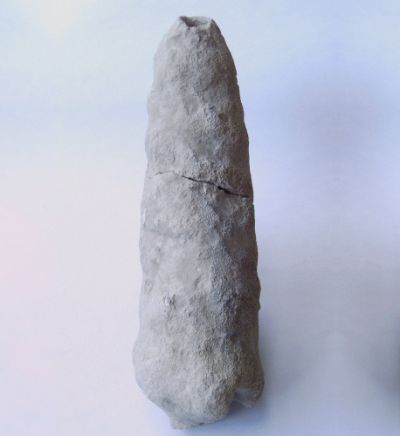
Phymatella intumescens
Roemer 1864
Phymatella intumescens has the shape of an acute cone sitting on a stem. The species can reach considerable heights, exceeding 0.5 meters. It has a central, deep, tubiform paragaster exiting at the apex of the sponge.
Phymatella intumescens has a conspicuous helical channel system spiralling around the paragaster tube (see figure further below) which sometimes also finds some visible expression in helical bulges on the cone.
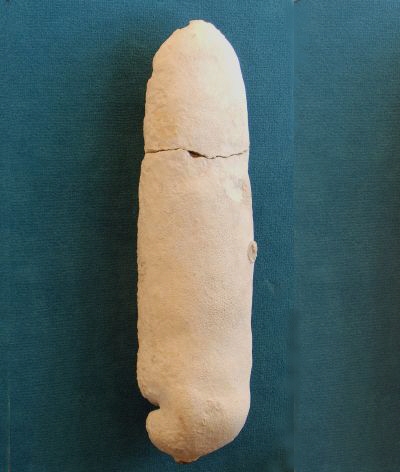
. . . Another, large example of Phymatella intumescens. Note the sharp incission near the lower end of the sponge body.
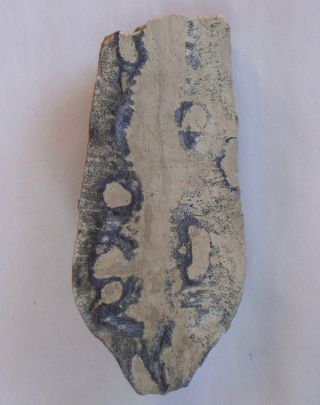
Longitudinal section of Phymatella intumescens. The central paragaster tube (white) and the cross sections of the helical canal (white with black rims) may be recognized. Note also the narrow channels (epirhyses) perpendicular to the outer surface.
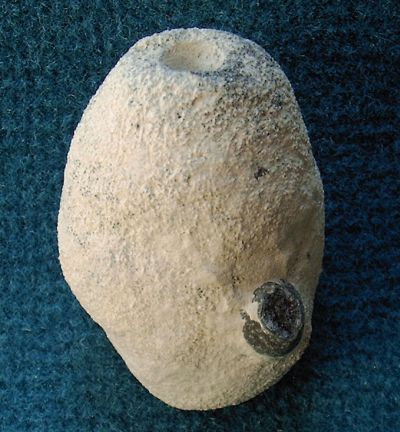
Phymatella sphaeroides
Schrammen 1910
Phymatella sphaeroides is a small and inconspicous species, without obvious constrictions.

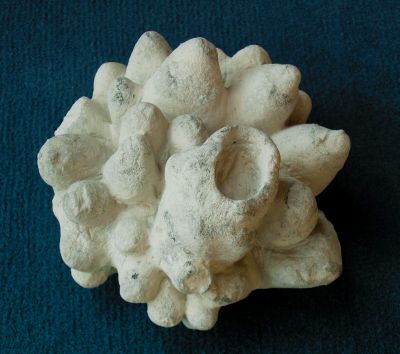
Phymatella spinosa
Schrammen 1910
The two pictures of Phymatella spinosa are of the same specimen.
Phymatella spinosa exhibits quite a different habit compared to the previous Phymatella species. However, as Schrammen (1910) pointed out, the bulges of Phymatella bulbosa are analogous to the processes (spines) typical for Phymatella spinosa. The latter are hollow inside and these cavities constitute part of the paragaster.
The specimen shows a very well preserved tube-like exit of the paragaster, some 30 mm across, which is much larger than in the description given by Schrammen (1910).
The spicules are very similar to those of Phymatella bulbosa shown above, attesting to the close genetic relationship of the species.
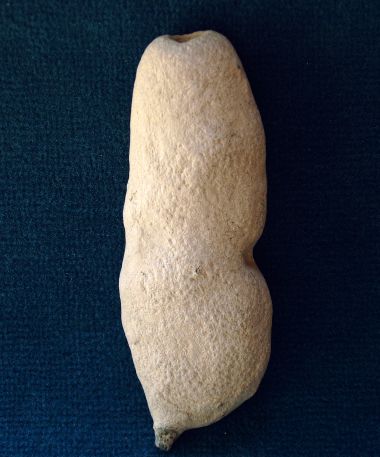
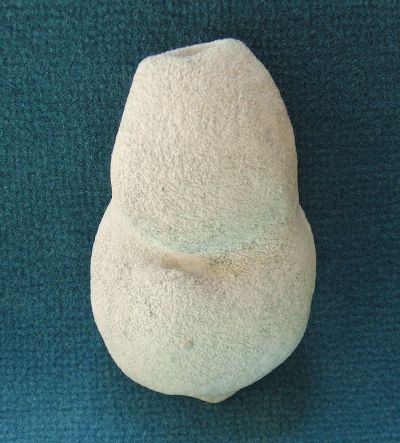
Phymatella tuberosa
Quenstedt 1878
The two pictures of Phymatella tuberosa show the characteristic incission in the lower third of the sponge body which are probably an external expression of asymmetrical enlargements of the paragaster.